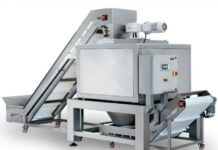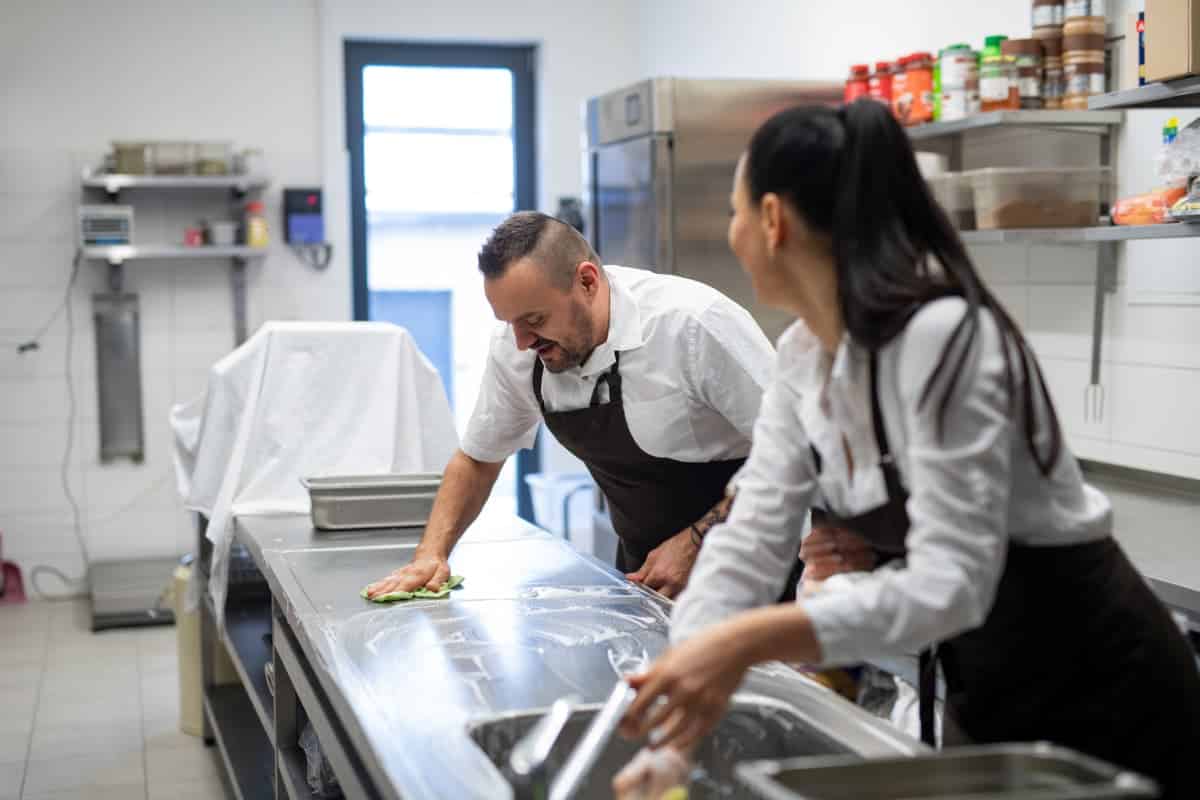
In the bustling world of culinary arts, a commercial kitchen stands as the heart of any food establishment. While the magic of flavors and presentation happens here, it’s the cleanliness of this space that ensures the magic remains enchanting.
A spotless kitchen isn’t just about aesthetics; it’s a testament to food safety, professionalism, and respect for both the craft and the consumer.
Every restaurant should hire a team of professionals that take care of these. If you are more interested in hiring an outside team, then Kitchen Commercial Cleaning might be the way to go.
Now, let us take a deep dive into the most important tips for keeping a spotless commercial kitchen.
The Consequences of a Dirty Kitchen
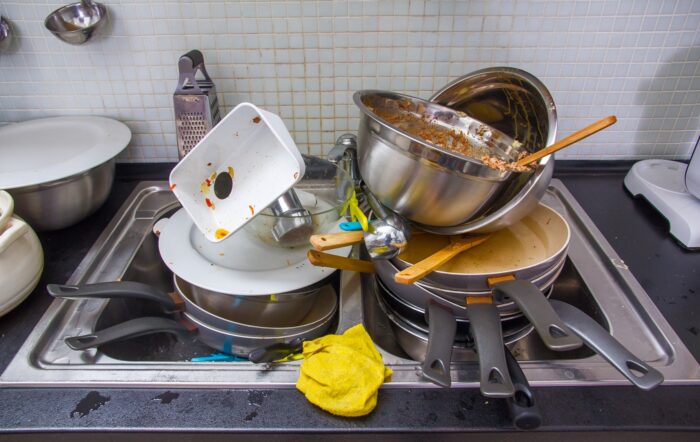
Imagine biting into a delicious dish only to fall ill later. The culprit? A dirty kitchen. Health risks stemming from unhygienic conditions can lead to foodborne illnesses, endangering both customers and staff.
Beyond health concerns, a neglected kitchen can result in business closures or hefty fines from health departments. Moreover, in the age of online reviews, a single incident can tarnish a restaurant’s reputation, leading to a significant loss in clientele.
Daily Cleaning Habits
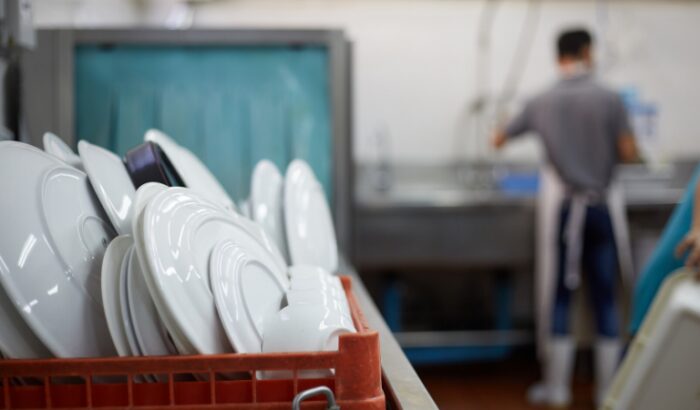
Cleaning is a daily activity, and you should focus on what should be done every day. Naturally, we will discuss weekly and monthly plans later, but we want to focus on daily activities first.
Countertops and Workspaces
Every dish, every masterpiece, begins on a countertop. Ensuring these surfaces are wiped down after each use is crucial. Using the right cleaning agents not only removes visible dirt but also eliminates harmful bacteria.
Floors
A clean floor prevents accidents and reduces contamination. Regular sweeping and mopping, coupled with immediate attention to spills, can maintain a safe and clean environment.
Utensils and Equipment
From knives to mixers, every tool should be immaculately clean. Proper washing techniques, followed by thorough drying, can prevent bacterial growth. Additionally, regular maintenance checks ensure equipment functions safely and efficiently.
Weekly and Monthly Deep Cleaning
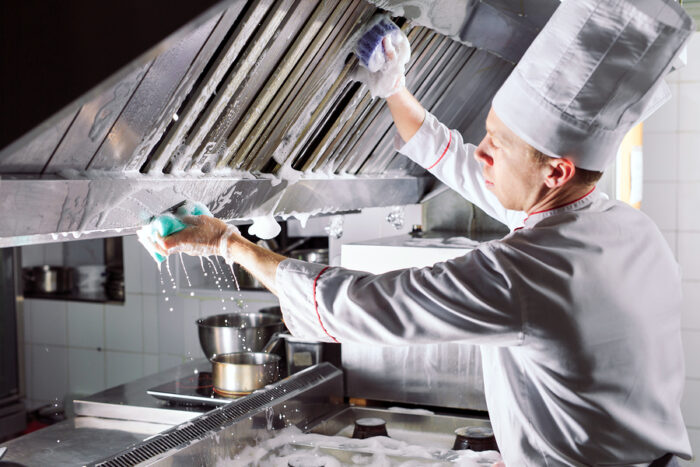
Creating a cleaning schedule is a must, and you must be specific about the actions that will take place at a particular day. In most cases, you will see them scheduled either at weekly or monthly level.
Not to mention that discipline also plays a key factor. But now we want to discuss the most important elements regarding weekly and monthly deep cleaning.
Ovens and Stovetops
These powerhouses of the kitchen can accumulate grease and food particles. Regular degreasing and scrubbing can prolong their life and efficiency. It’s also essential to check for any wear or malfunction, ensuring safety.
Refrigerators and Freezers
The cold storage units need periodic emptying and defrosting. Cleaning shelves and drawers reduces the risk of cross-contamination and ensures the freshness of stored items.
Drains and Sinks
A clogged drain can be a breeding ground for pests and bacteria. Regular clearing and disinfecting can prevent unpleasant odors and potential health risks.
Pest Control Measures
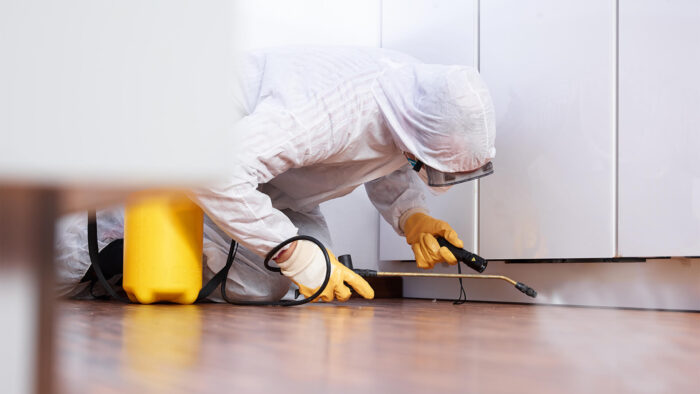
A commercial kitchen can, unfortunately, be a paradise for pests if not maintained. Regular inspections can identify early signs of infestation.
Proper food storage, using sealed containers and elevated shelves, can deter pests. When in doubt, professional pest control services can provide expert solutions.
The Role of Staff in Maintaining Cleanliness
A kitchen’s cleanliness is a collective responsibility. Training programs can equip staff with knowledge about hygiene standards. By assigning specific cleaning duties and fostering a culture that values cleanliness, establishments can ensure that every team member plays their part in maintaining a pristine environment.
Using the Right Cleaning Products
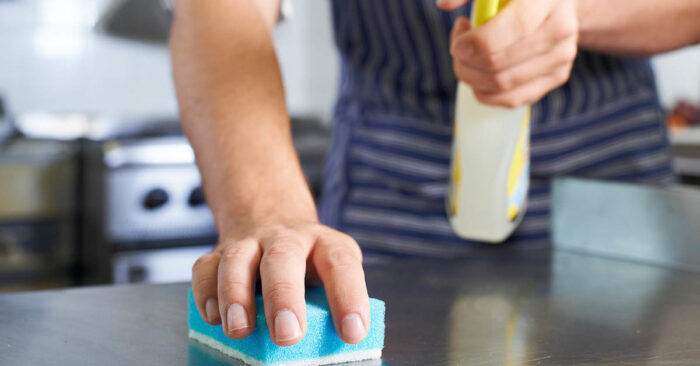
All cleaning agents are not created equal. Understanding the difference between sanitizers (which reduce bacteria) and disinfectants (which kill them) is vital. With the rising demand for sustainable solutions, eco-friendly cleaning products offer effective cleaning without harming the environment.
Additionally, proper storage of these agents ensures they retain their efficacy and remain out of reach of unauthorized personnel.
Regular Inspections and Audits
In the dynamic environment of a commercial kitchen, maintaining cleanliness and hygiene standards is an ongoing process. Regular inspections and audits play a pivotal role in ensuring that these standards are not only met but consistently upheld.
Internal Audits

Internal audits are self-assessments conducted by the establishment’s team. These can be scheduled or surprise checks. The primary advantages of internal audits include:
- Immediate Feedback: Since the audit is conducted in-house, feedback is instant. This allows for quick rectifications.
- Team Accountability: When staff knows that internal checks are frequent, it fosters a sense of responsibility and diligence in maintaining cleanliness.
- Preparation for External Audits: Regular internal checks ensure the kitchen is always in compliance, reducing the stress of unexpected external inspections.
External Inspections
Conducted by third-party agencies or health departments, external inspections provide an unbiased view of the kitchen’s hygiene and operational standards. These inspections can be routine or based on complaints. The benefits of external inspections include:
- Credibility: A good rating from a recognized external agency can boost the establishment’s reputation, assuring customers of its commitment to hygiene.
- Identification of Blind Spots: An external perspective can identify areas that might be overlooked by the internal team.
- Regulatory Compliance: These inspections ensure that the establishment adheres to local and national health and safety regulations. Non-compliance can result in fines or even closure.
Best Practices for Successful Audits
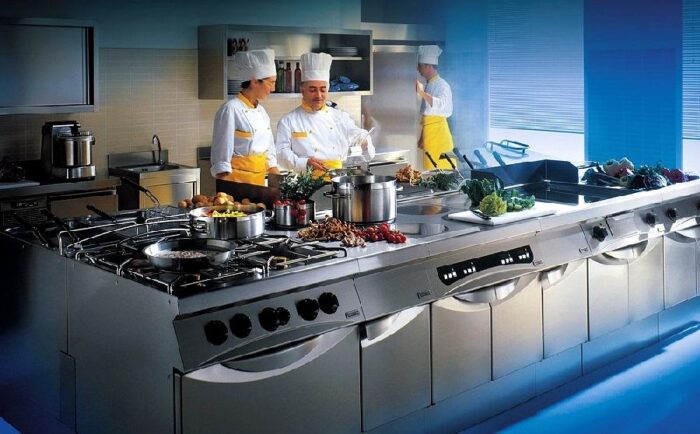
To ensure that inspections and audits yield positive results, establishments can adopt the following best practices:
- Documentation: Maintain a log of all cleaning and maintenance activities. This provides a clear record for auditors and helps in tracking recurring issues.
- Training: Regularly update the staff with the latest hygiene standards and practices. Well-informed staff are better equipped to maintain cleanliness.
- Feedback Loop: Encourage staff to report challenges or suggest improvements in the cleaning process. This collaborative approach can identify potential issues before they escalate.
- Invest in Technology: Modern kitchens can benefit from technological solutions like sensors to monitor temperature or humidity, ensuring optimal conditions are maintained.
The Bottom Line
A spotless commercial kitchen is the cornerstone of a successful food establishment. It reflects dedication, professionalism, and a commitment to delivering not just tasty, but also safe dishes to customers.
In the culinary world, where flavors and presentations evolve, the timeless principle of cleanliness remains paramount.



